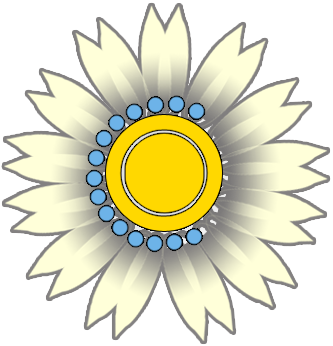What Exactly is Asthma? (And Why Your Child Makes That “Eeeee” Sound)
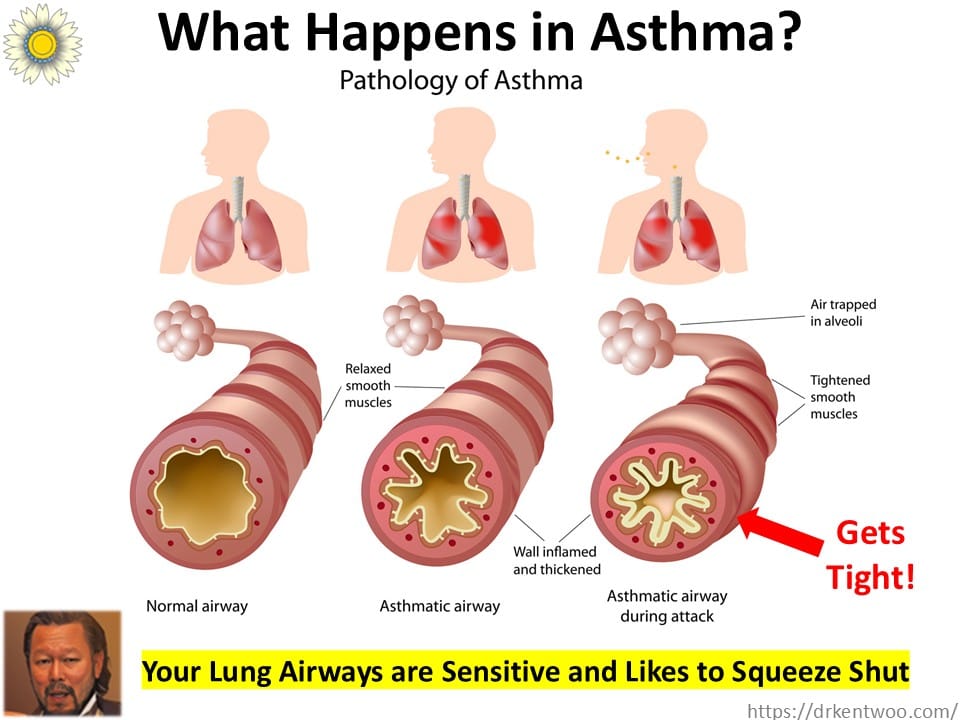
One of the main worries parents bring to my clinic is this:
👉 “Doctor, is my child’s wheezing actually asthma?”
👉 “And do these medications affect their growth?”
Valid concerns. So let’s take a step back and talk about what asthma really is — especially when we’re dealing with wheezing in children in Malaysia.
Asthma: More Than Just Wheezing
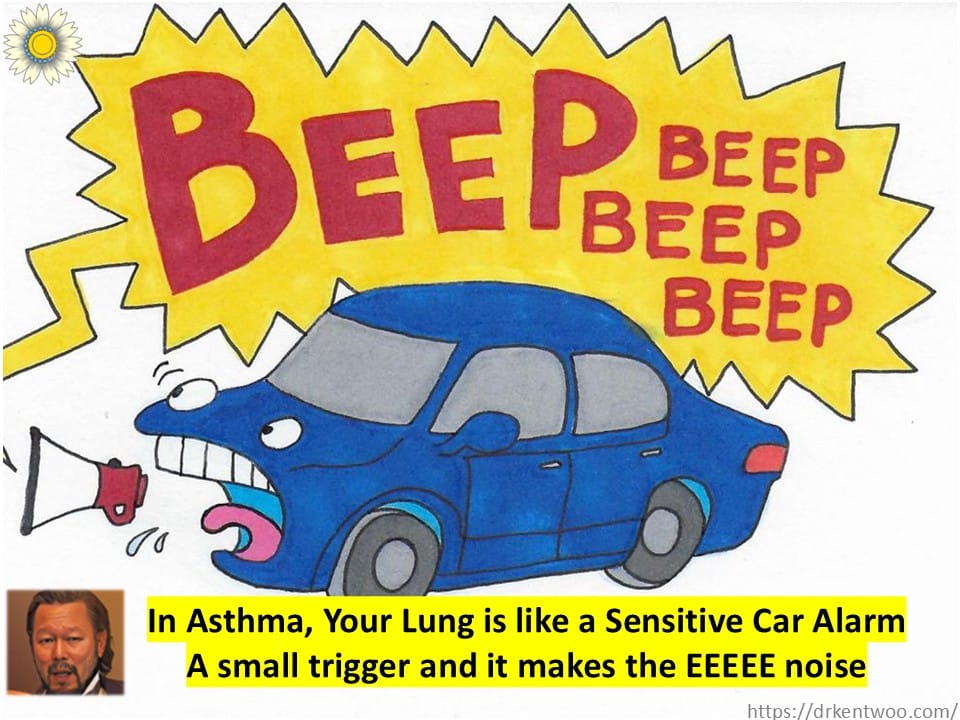
Asthma is inflammation of the airways in the lungs. I like to think of it as a disease with two parts:
The Silent Part – ongoing inflammation in the airways. You don’t hear it, you don’t see it, but it makes the airways sensitive and “twitchy.”
Think of it like a car alarm that goes off at the smallest touch — that’s your child’s airway when it’s inflamed.The Loud Part – when the airways suddenly tighten, producing that classic whistling “eeeee” sound we call wheezing.
That’s the alarm blaring at full volume.
The two are always connected. The silent inflammation sets the stage, and the loud wheezing is the performance.
What Triggers Wheezing?
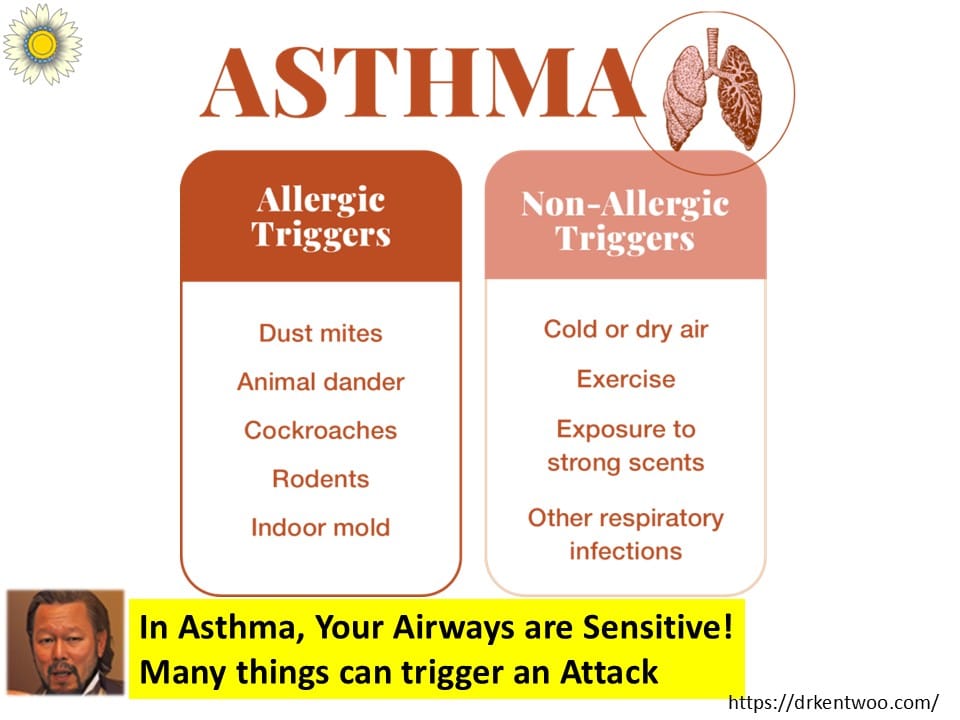
Lots of everyday things can set off asthma symptoms — causing wheezing in Malaysian children:
- Viral infections (the most common in children)
- Cold air (yes, even the aircond at night)
- Exercise
- Tobacco smoke
- Haze and pollution (very relevant in Malaysia!)
- Dust and allergens
It’s like having a sensitive smoke detector in the kitchen — sometimes it goes off even when you’re just boiling water.
When the air quality drops (you know, that “haze season” where the sky turns grey and schools hand out masks), children with asthma are often the first to struggle. Pollution makes the airways more inflamed, which means more coughing, more wheezing, and sometimes even emergency visits.
Here’s the catch: the bronchodilator inhaler (the “blue puff”) can open up the airways quickly, but it only fixes the “loud” part. It does not calm the ongoing inflammation.
Why Inhaled Steroids Matter
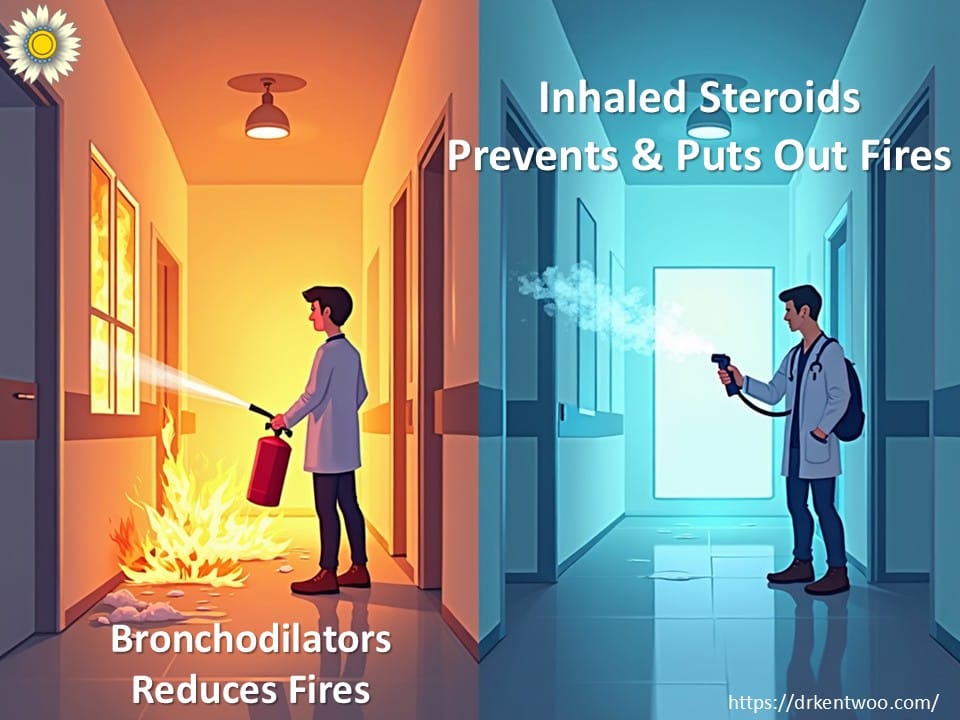
This is where inhaled steroids come in. They reduce airway inflammation, make the lungs less twitchy, and prevent those repeated wheezing episodes.
Many parents worry about steroids and growth — but don’t worry, I’ve already explained why inhaled steroids are safe and only cause minimal growth issues [read more here]
Think of it this way: bronchodilators are like fire extinguishers, but inhaled steroids are the fireproof coating that prevents the flames from starting in the first place.
SMART Therapy: A Smarter Way to Manage Asthma
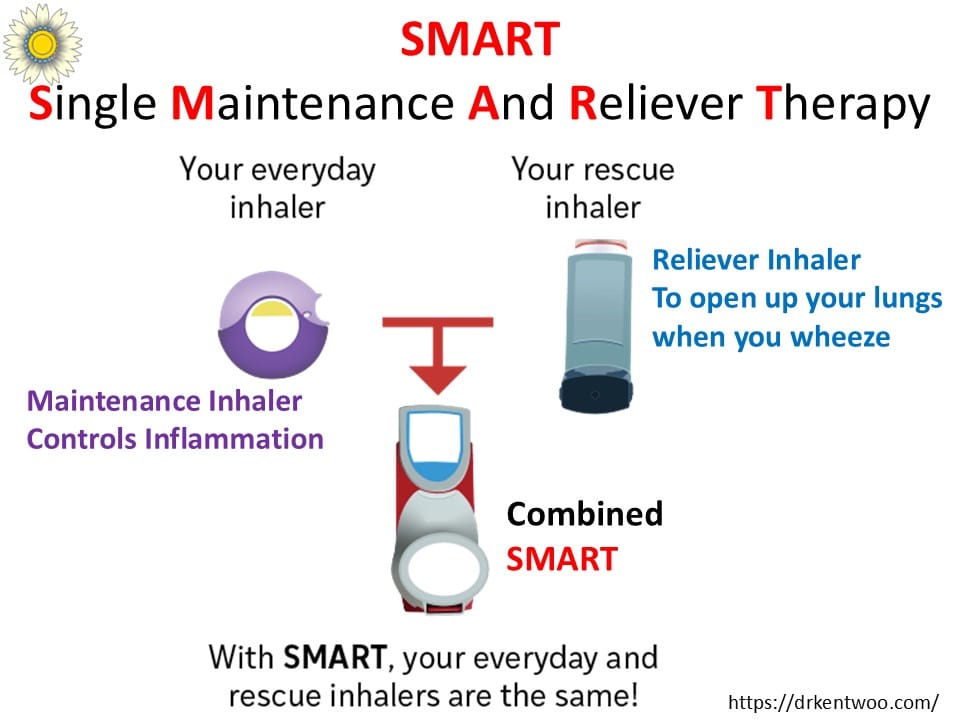
One approach we use a lot is SMART therapy (Single Maintenance and Reliever Therapy).
Instead of juggling multiple inhalers, SMART therapy combines the anti-inflammatory effect of a steroid with the relief effect of a bronchodilator in a single inhaler.
That means:
✅ One inhaler for both daily control and sudden symptoms.
✅ Fewer wheezing episodes.
✅ Less confusion for parents and children.
It’s like carrying a Swiss Army knife — one tool that does multiple jobs.
Beyond Medications: Allergy Matters
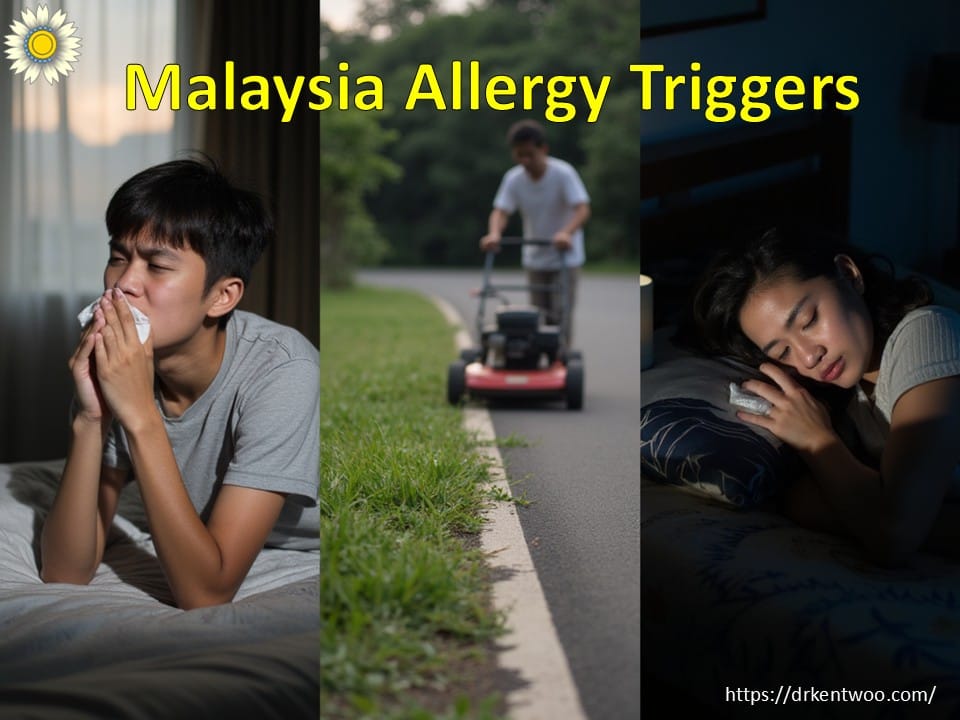
Now, medications are important, but asthma is often linked to allergies. In fact, children with allergic sensitization are much more likely to develop persistent asthma.
That’s why I often recommend:
- Allergy testing to find the triggers
- Environmental control (dust mites, pets, haze exposure)
- Immunotherapy — the only treatment that can change the natural course of allergic disease
I’ve written before about how to predict asthma risk in young children with the Asthma Predictive Index [read here]. If your child keeps wheezing after infections, it’s worth looking deeper.
The Goal of Asthma Treatment
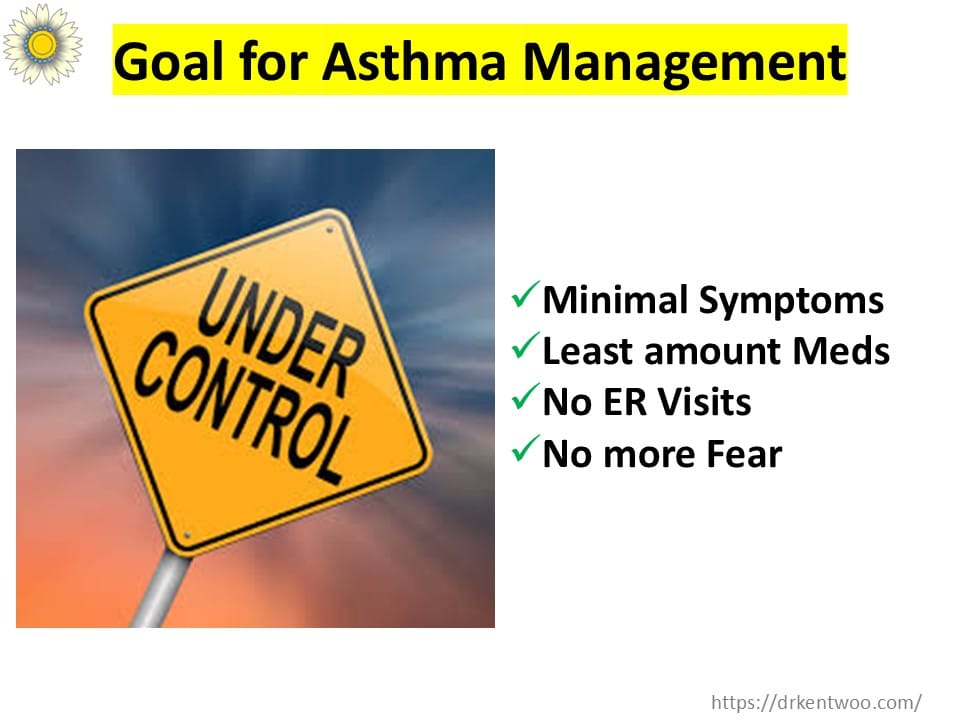
At the end of the day, the goal is simple:
👉 Use the least medication needed.
👉 Achieve the best control possible.
👉 Help your child (and you!) breathe easier, sleep better, and live life to the fullest.
✨ If your child has frequent cough or wheezing, you’re not alone. With the right diagnosis and plan — from medications to allergy care — asthma is highly manageable.
For a deeper dive:




